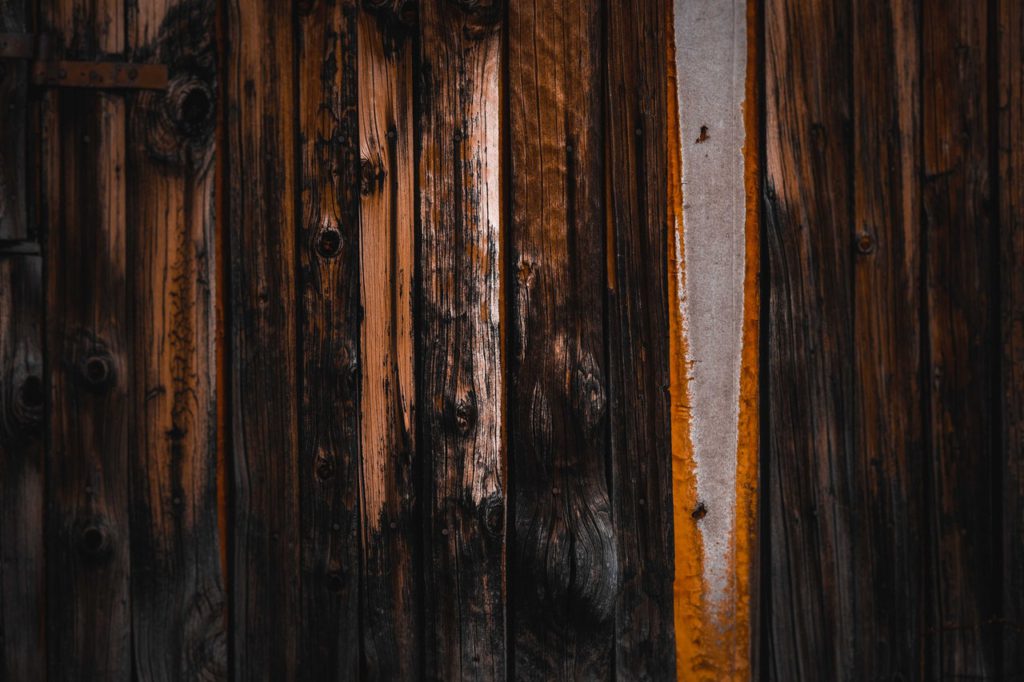
How To Stain And Finish Timber
Giving your deck a new coat of stain and a great finish is the best way to preserve the timber and keep it looking fresh. Once the surface has been prepared, it’s time for you to pick some tools and follow the structures in this article to apply your timber.
Surface adhesives can reduce the absorption of the stain into the wood and alter scratch patterns caused by sanding. This effect can affect the way the wood is dyed when the stain is used to enhance the wood. In order to solve this problem, it is necessary to dye and touch the areas covered with adhesive to ensure that the surface of these areas matches that of the surrounding wood
Add a layer of wood varnish to prepare the surface before sanding through the sealant, including sanding and finishing with extra fine sanding grain or dusting the surface with a wipe or staple cloth. To smooth the stained wood, apply a sealing layer or thin shellac and grind it or another suitable sealer. Let the wood dry completely before sanding it with fine-grained sandpaper.

When you apply the first stain, it lifts the wood grain, making it feel rough. Oil-based stains do not require a topcoat as they create a
deeper colour and definition in the grain. The use of a first layer requires a kind of top layer as soon as the wood is dry
It is recommended to stir the stain between application pieces to ensure an even finish; therefore, follow the manufacturer’s instructions in the letters of the tin container: apply the stain evenly and continuously to the grain and work with it, applying the stain evenly and letting it dry according to the instructions. The best way of application is to dip a natural bristle brush into the stain and brush the stain onto the stained wood surface
For harder pickled wood, the surface can be sanded to 120 grit to accommodate the problem. Smoothed wood absorbs fewer stains and appears lighter, so be careful not to sand too hard, otherwise, it will get too close to your wood and will not remove the stain. Medium grain is best suited for removing surfaces, 120-150 fine grains, etc. 220 Use a polishing piece of wood to sand the top layer.
Grinding is crucial to achieving a uniform wood surface that absorbs the stain. If you apply the Timber finishes after sanding the wood, more than one layer of sealing is required to close the wood pores.
Water-based wood stains provide a uniform colour and do not absorb oil-based wood stains as well. They remain on the surface and give the wood durability. Solvent-based stains such as Morrell Light and Fast Wood Stains are widely used by professionals because they are dry, easy to use and light and fast – which means they are lightfast – making them ideal for areas exposed to direct sunlight.
An Intergrain natural stain gives a natural wood colour, seals the wood and protects it from moisture. A stain on a wood surface provides protection and adding a stain followed by a clear finish or topcoat seals the deal. The sanding executes the surface and eliminates defects on the wood surface without affecting the appearance or performance of the surface of the finished wood.
An oil-based sealing accentuates the beautiful colour of the wood grain. The final grain does not seal and absorb stains and finishes as well as the rest of the wood in the piece. You can repair stains and stains in the finish, but only if the finished wood is obvious.
You now have a better understanding of how stain and finish are used to enhance the wood. The best way to achieve a great stain and finish is to consider the types of wood that can be stained and how to stain wood with the best techniques to achieve the most professional processing possible.